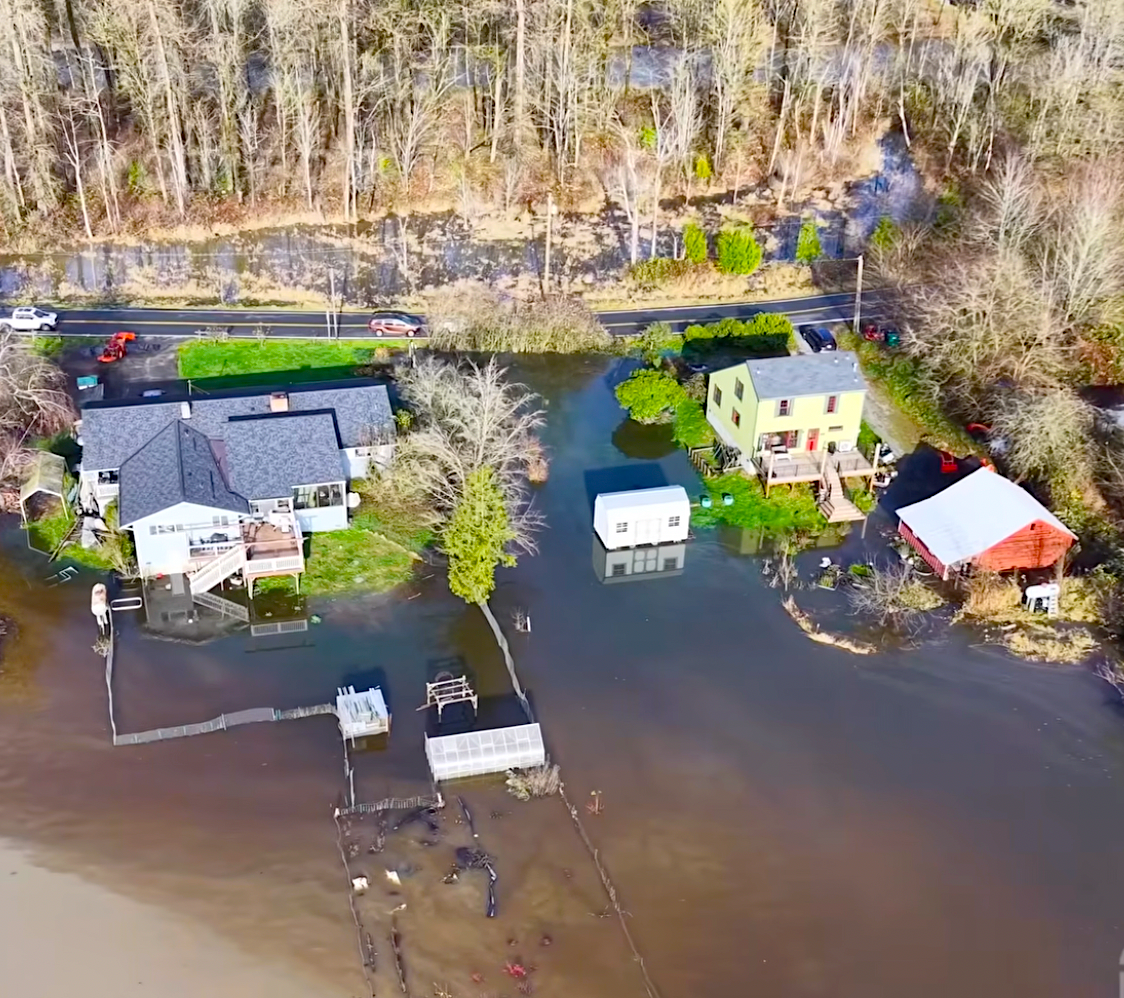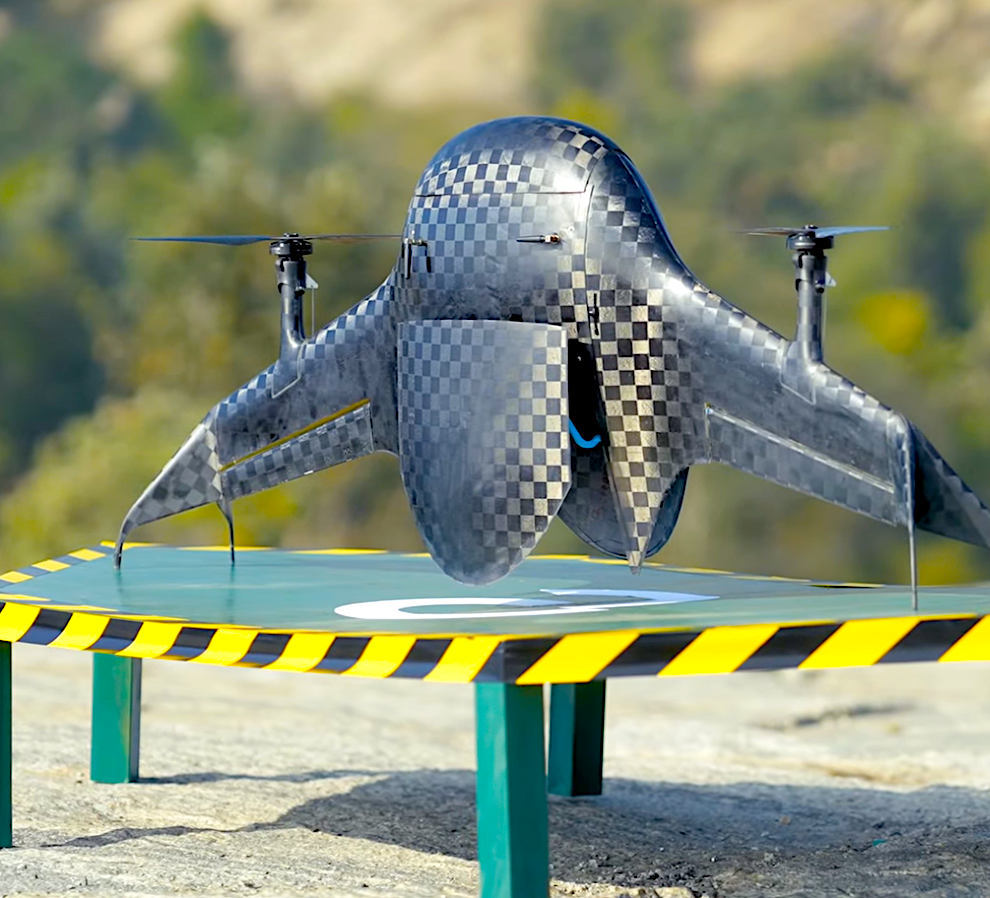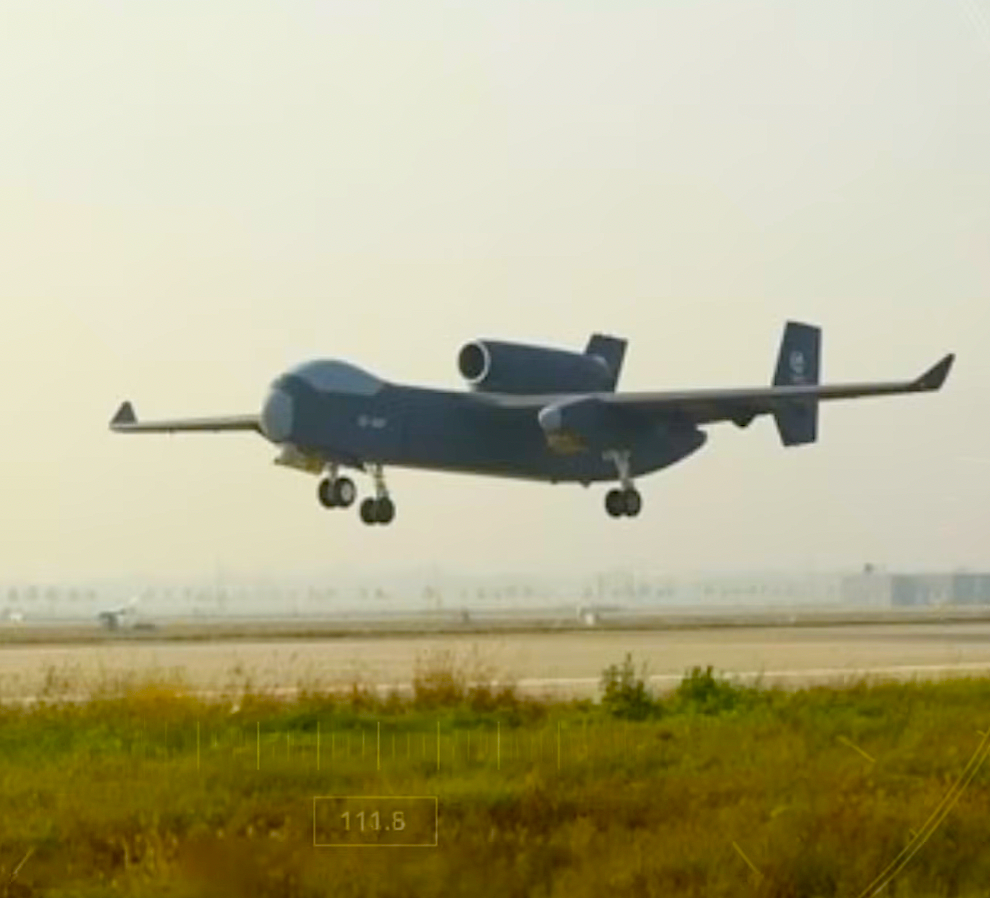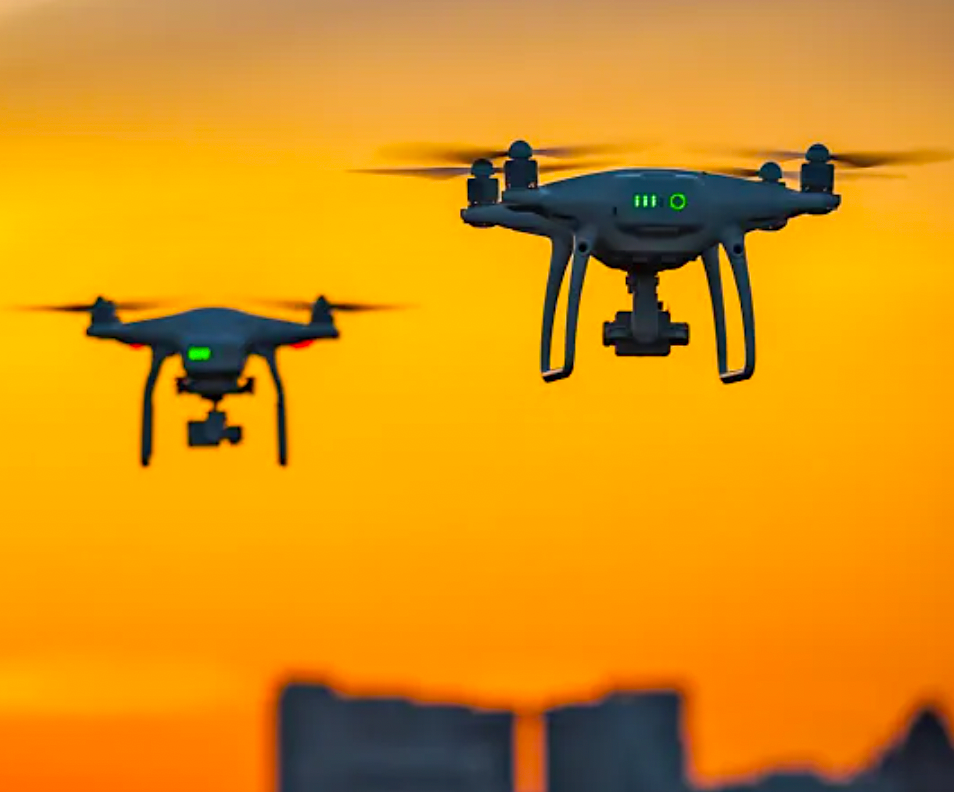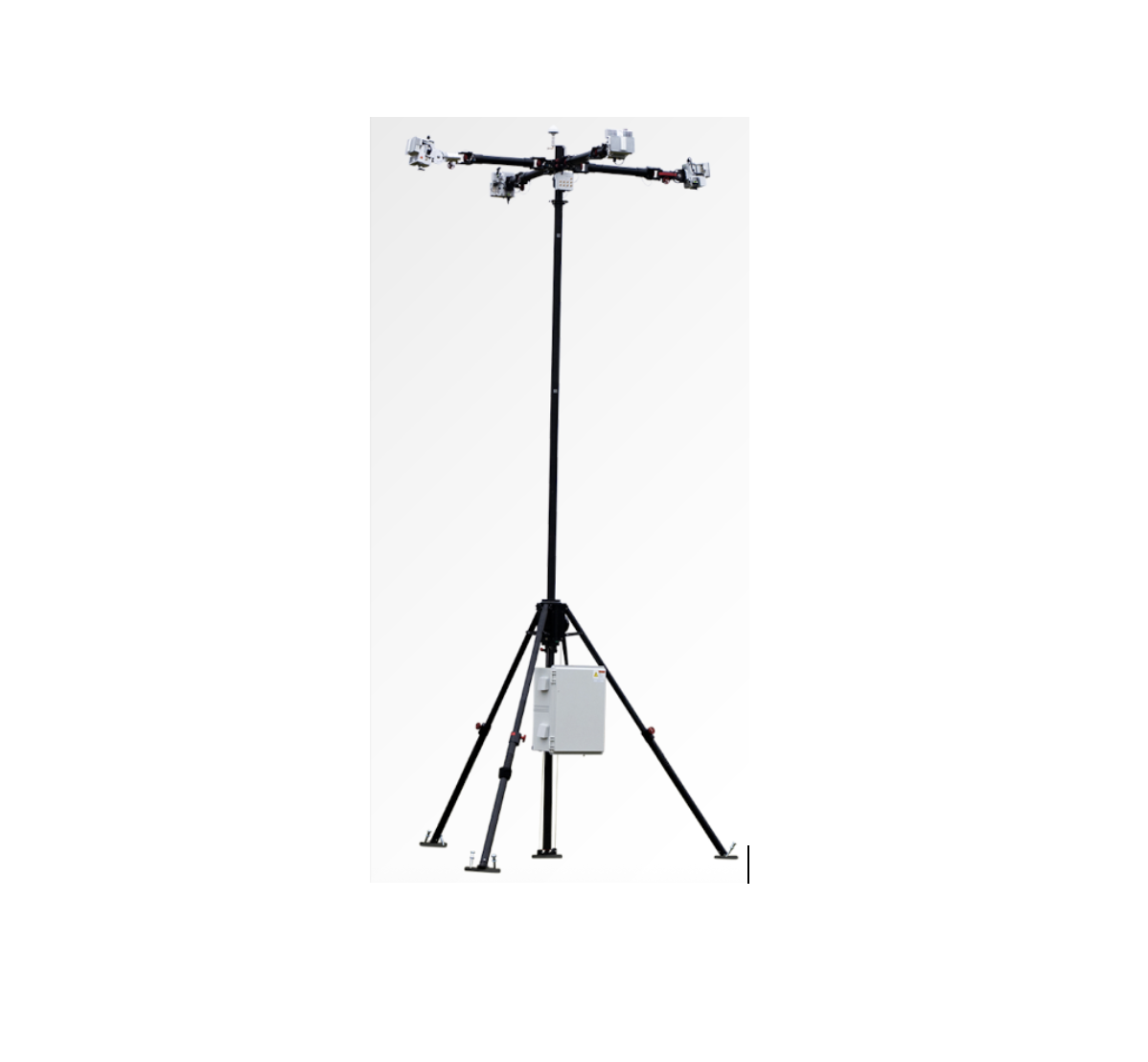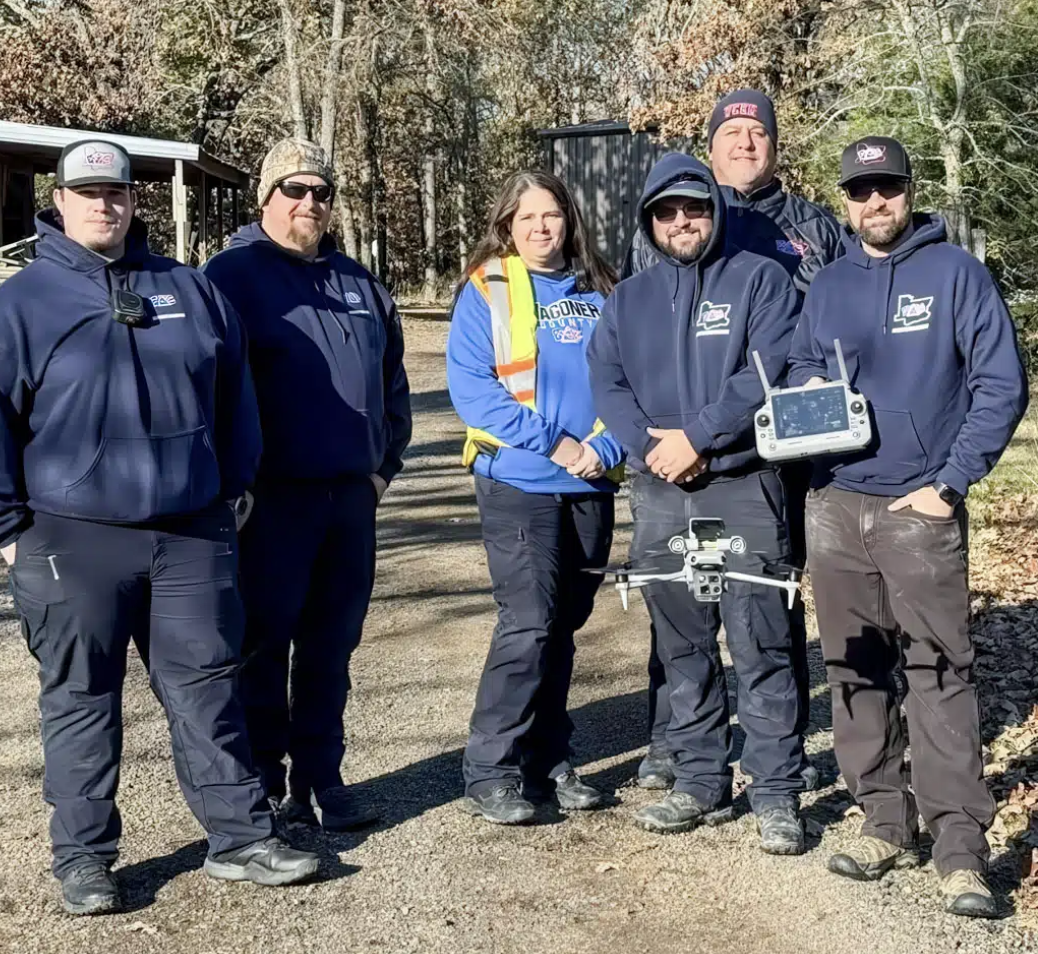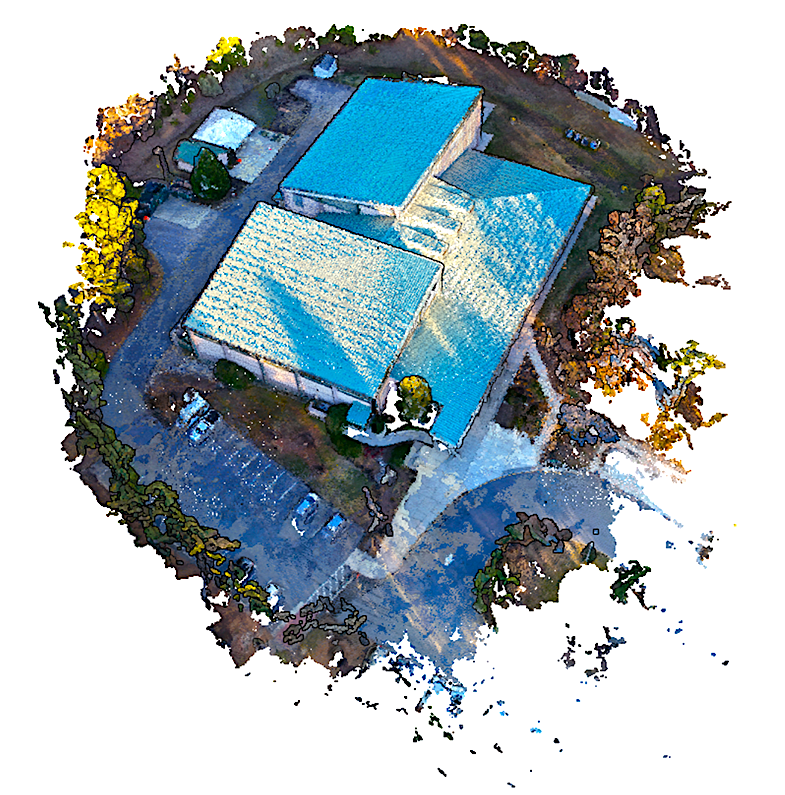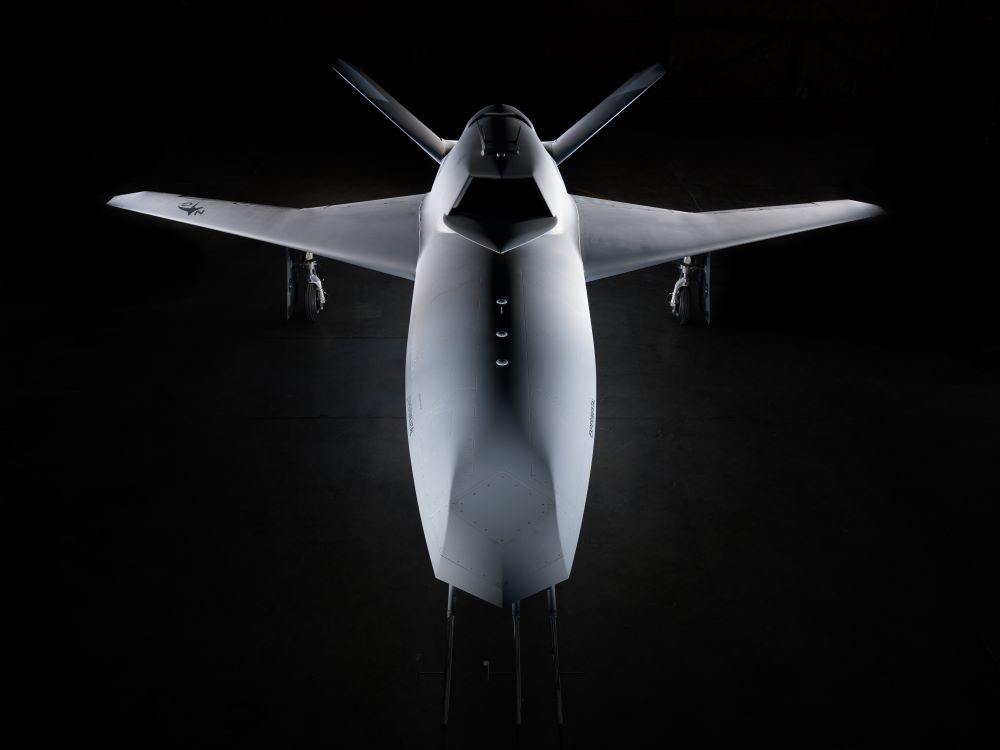Featured NewsTrending NewsBrazzelHow to Start a Drone Roof Inspection Business
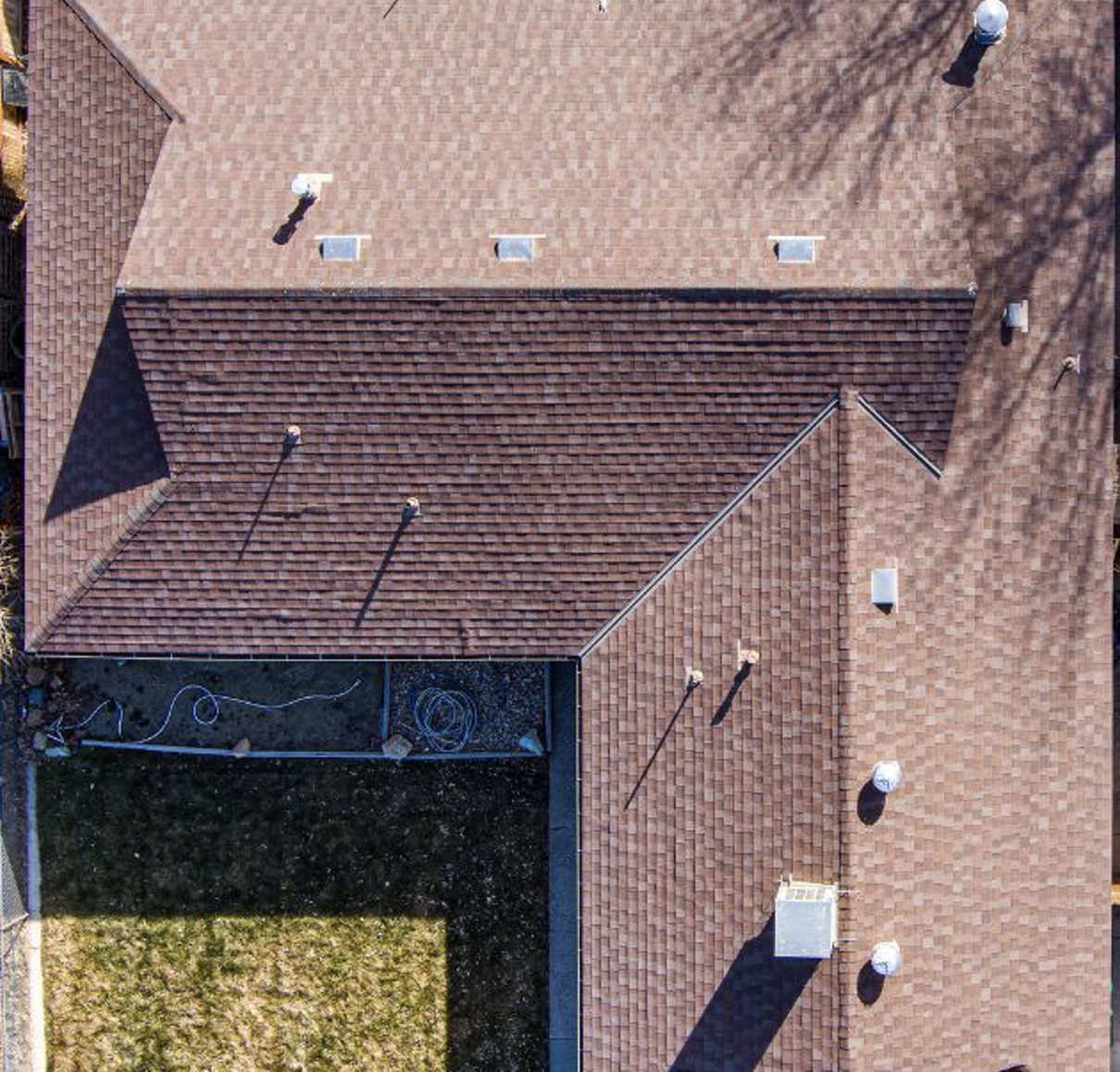
06 November 2024 UPDATED!
By Timothy Brazzel
In the ever-evolving world of technology, drones have soared beyond recreational use and into various professional fields. One of the most impactful applications is in roof inspections. Traditional roof inspections can be dangerous, time-consuming, and expensive, but drones have revolutionized this process, offering safer, quicker, and more cost-effective solutions.
Let’s dive into the different types of drone roof inspections, the services you can provide, and what it takes to become a skilled drone pilot in this exciting industry.
Types of Drone Roof Inspections
• Visual Inspections. Visual inspections are the most common type of drone roof inspection. Equipped with high-resolution cameras, drones can capture detailed images and videos of the roof’s surface. This method is excellent for identifying visible damage such as missing shingles, cracked tiles, or debris accumulation. Visual inspections provide a comprehensive overview, helping homeowners and businesses assess the general condition of their roofs without the need for ladders or scaffolding.
• Thermal Inspections. Thermal inspections use drones equipped with infrared cameras to detect temperature variations across the roof’s surface. These variations can indicate issues such as water leaks, poor insulation, or areas of heat loss. By identifying hot and cold spots, thermal inspections are particularly useful for diagnosing problems that are not visible to the naked eye, ensuring that underlying issues are addressed before they become major repairs.
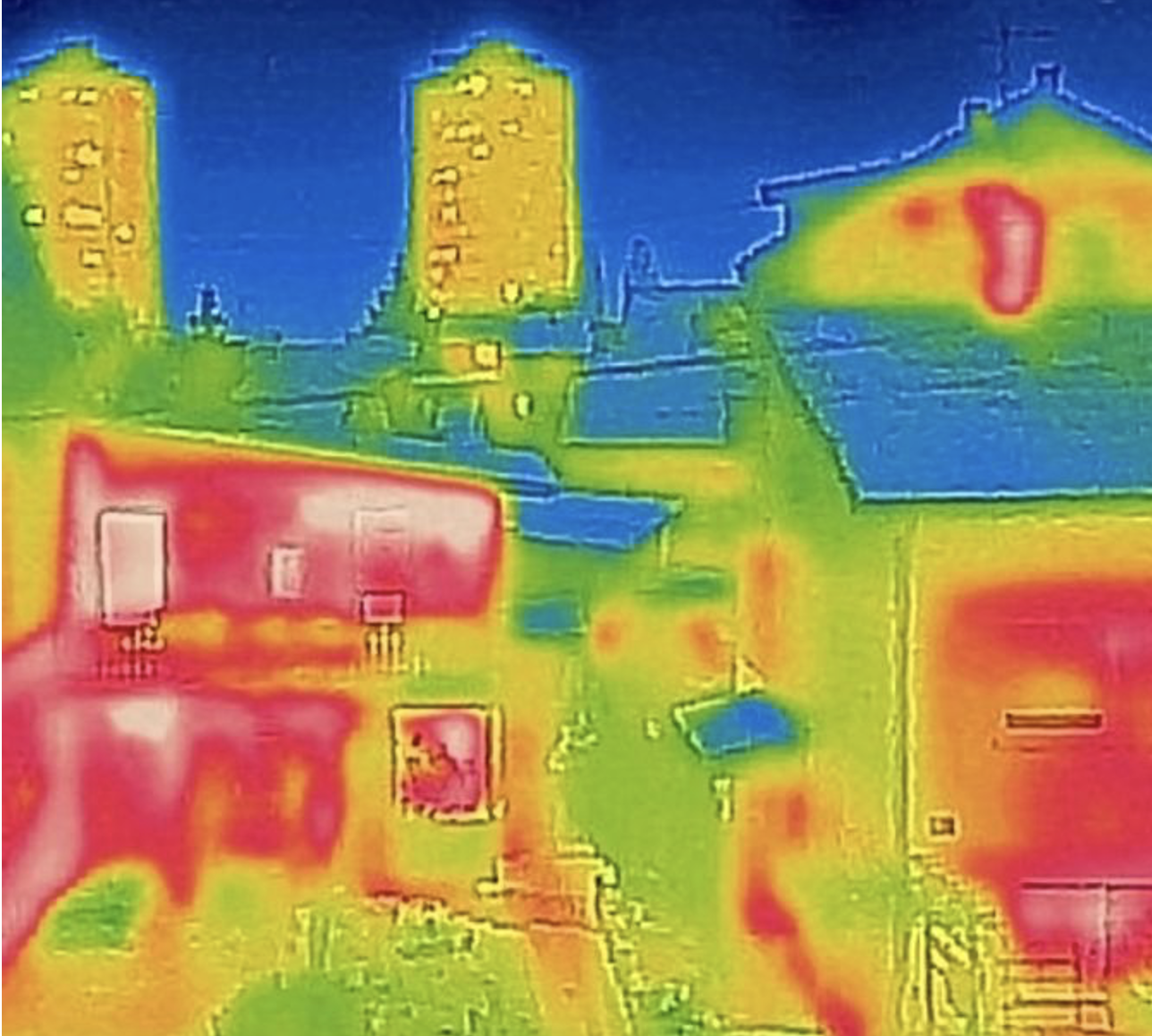
• 3D Mapping and Modeling. For a more detailed analysis, drones can create 3D maps and models of roofs. This service involves using photogrammetry software to stitch together multiple images taken from different angles. The resulting 3D models provide accurate measurements and a detailed representation of the roof’s structure. This is incredibly beneficial for planning repairs, conducting maintenance, or even during the construction phase of new roofs.
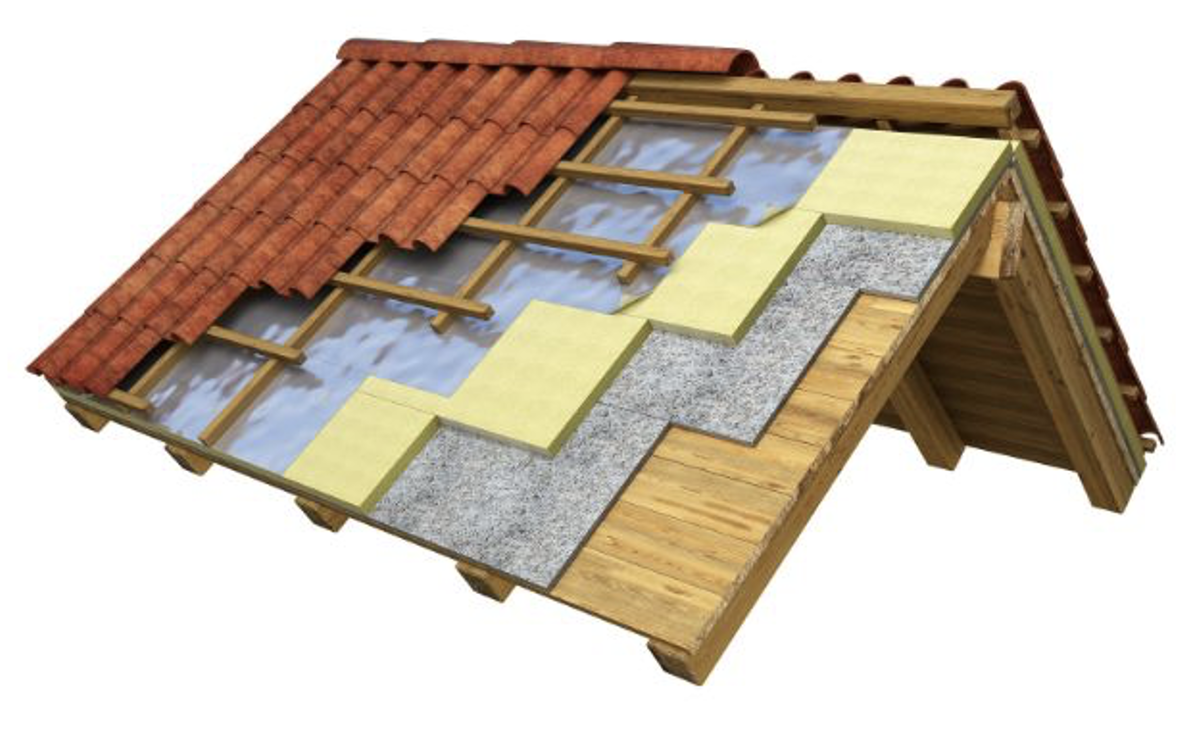
• Storm Damage Assessment. After a significant weather event, drones can quickly assess storm damage. They can safely navigate hazardous conditions, capturing images and data that help insurance companies and homeowners evaluate the extent of the damage. This rapid assessment is crucial for expediting claims and initiating repairs, reducing the overall downtime for property owners.
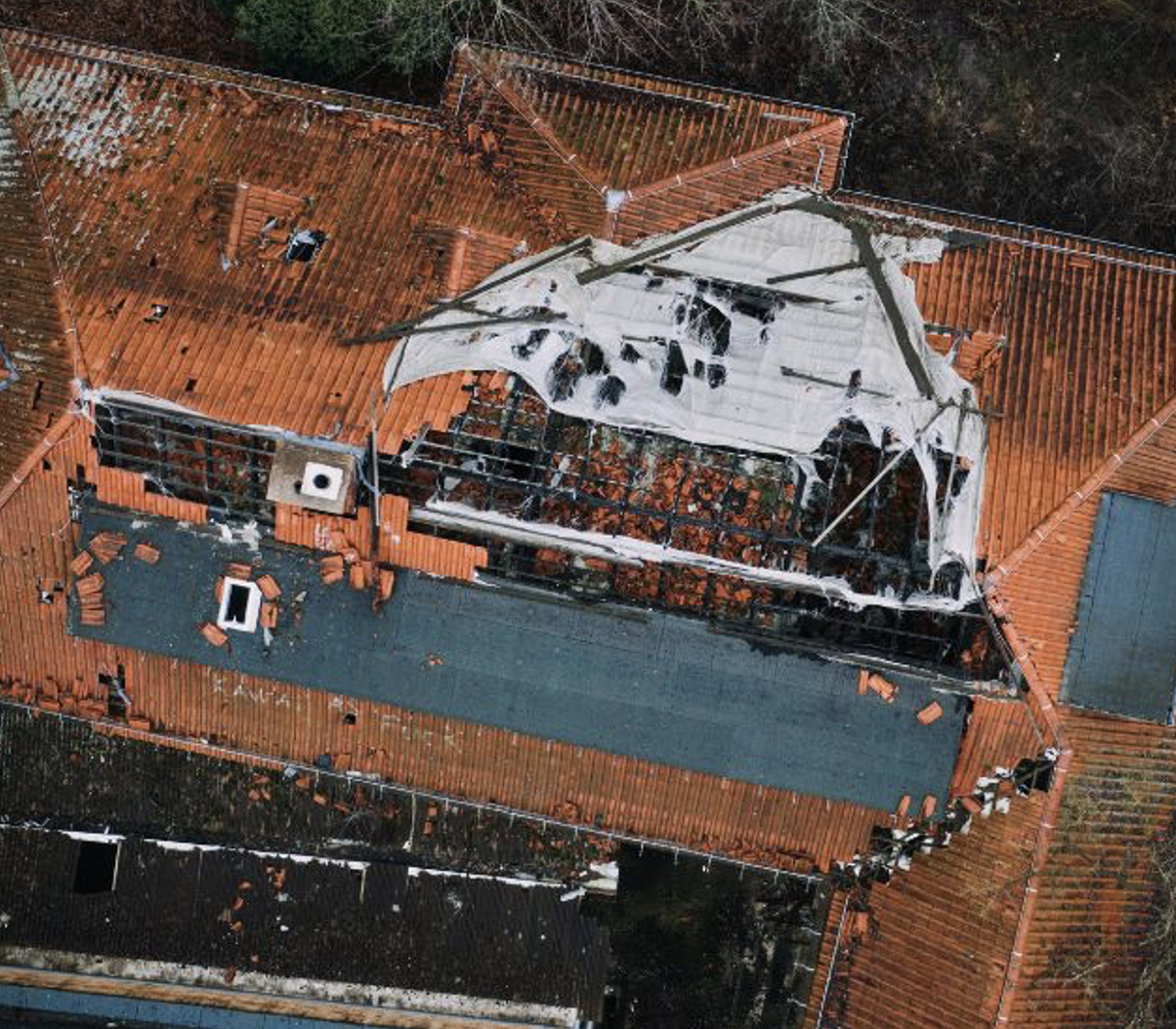
Becoming a Certified Drone Pilot
If you're excited about the prospect of conducting drone roof inspections, there are specific certifications and qualifications you'll need:
• FAA Part 107 Certification. In the United States, the Federal Aviation Administration (FAA) requires drone pilots conducting commercial operations to obtain a Part 107 certification. This involves passing a knowledge test that covers airspace regulations, weather, drone maintenance, and operational procedures.
• Manufacturer Training. Many drone manufacturers offer training programs tailored to their specific models. These courses can be invaluable, teaching you how to handle the drone safely and effectively, perform maintenance, and use any proprietary software.
• Thermography Certification. For those interested in thermal inspections, obtaining a thermography certification is beneficial. Organizations like the Infrared Training Center (ITC) offer courses that teach you how to interpret thermal images and understand the principles of thermography.
Best Practices for Drone Roof Inspections
To ensure safe and effective inspections, consider these best practices:
• Pre-Flight Planning. Before each flight, conduct a thorough pre-flight inspection of the drone and equipment. Check weather conditions, identify potential obstacles, and plan the flight path.
• Safety First. Always prioritize safety by maintaining a visual line of sight with the drone, avoiding flying over people, and adhering to local regulations and airspace restrictions.
• Data Management. Efficiently manage the data collected during inspections. Use cloud storage solutions for easy access and sharing with clients. Ensure that images and data are organized and labeled correctly.
• Communication. Clear communication with clients is key! Explain the process, what they can expect from the inspection, and how the data will be used. Providing detailed reports with annotated images and findings helps clients understand the condition of their roof and the necessary steps for maintenance or repair.
The Role of a Drone Pilot
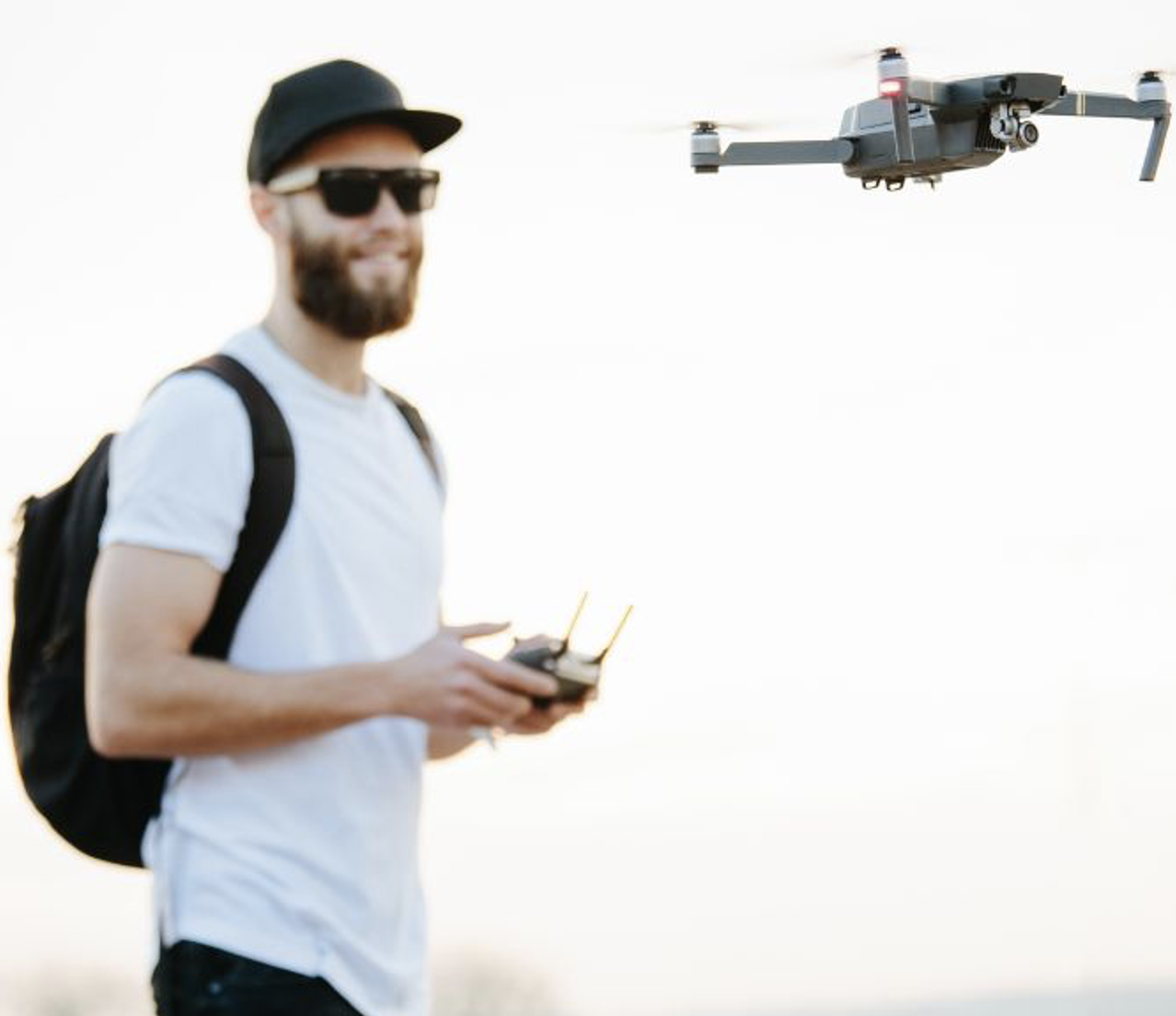
As a drone pilot specializing in roof inspections, your job encompasses several responsibilities:
• Flight Operations. Conduct safe and efficient drone flights to capture the necessary data. This includes setting up the drone, monitoring its operation, and ensuring it remains within regulatory guidelines.
• Data Analysis. Analyze the collected data to identify potential issues. This might involve reviewing images, interpreting thermal data, or using software to create 3D models.
• Reporting. Compile comprehensive reports that present your findings in a clear and understandable manner. These reports should help clients make informed decisions about roof maintenance or repairs.
• Client Interaction. Build strong relationships with clients by communicating effectively and providing high-quality service. Address any questions or concerns they may have and offer expert advice based on your findings.
Finding Drone Roofing Inspection Jobs

Drone roof inspections are transforming the roofing industry, making inspections safer, faster, and more detailed. For those interested in becoming drone pilots, there’s a clear path of certification and best practices to follow. By embracing this technology, you can play a pivotal role in maintaining the integrity and longevity of roofs, ensuring safety and peace of mind for homeowners and businesses alike.
Finding and landing jobs as a certified drone pilot specializing in roof inspections involves a combination of leveraging your skills, networking, marketing, and understanding the needs of your target market. Here’s a step-by-step guide to help you get started:
• Job Boards. Websites like Indeed, Glassdoor, and LinkedIn often have listings for drone pilot positions. Use keywords like “drone pilot,” “roof inspection,” and “UAV operator” to find relevant opportunities.
• Freelance Platforms. Platforms such as Upwork, Fiverr, and DroneBase allow drone pilots to offer their services and bid on projects. Creating a detailed and professional profile can help attract clients looking for specialized services.
• Industry Events and Conferences. Attend trade shows, conferences, and workshops related to roofing, construction, and drone technology. These events are excellent for meeting potential clients and industry professionals.
• Professional Associations. Join associations like the Association for Uncrewed Vehicle Systems International (AUVSI) and other drone or roofing associations. Networking with other professionals can lead to job opportunities and collaborations.
• Roofing Companies. Reach out directly to roofing contractors, construction firms, and property management companies. Many of these businesses may be interested in the cost-saving and safety benefits of drone inspections.
• Insurance Companies. Insurance firms often need roof inspections for claims and assessments. Offering your services to these companies can lead to consistent work.
• Website and Portfolio. Create a professional website showcasing your services, past projects, and client testimonials. A strong online presence can help attract clients who are searching for drone inspection services.
• Social Media. Utilize social media platforms like LinkedIn, Facebook, Instagram, and YouTube to share your work, insights, and industry news. Engaging content can attract followers and potential clients.
Best Ways to Land the Job
• Showcase Your Work. Include high-quality images, videos, and case studies from previous inspections. Highlight different types of inspections (visual, thermal, 3D mapping) and the value you provided to clients.
• Client Testimonials. Positive feedback from satisfied clients can build credibility and trust with potential clients.
• Highlight Your Qualifications and Certifications. Clearly display your FAA Part 107 certification, any thermography certifications, and manufacturer-specific training. Emphasize your compliance with regulations and commitment to safety and quality.
• Offer Competitive and Transparent Pricing. Research market rates for drone inspections and offer competitive pricing. Be transparent about your pricing structure and what clients can expect to receive for their investment.
• Provide Excellent Customer Service. Communicate clearly and promptly with clients. Answer their questions, provide detailed explanations of your services, and offer follow-up support. Deliver high-quality reports with annotated images, thermal data, and actionable insights.
• Leverage Local SEO and Online Advertising. Optimize your website for local search terms to attract clients in your area. Use keywords like “drone roof inspection near me” and “UAV roofing services [city]." Consider investing in online advertising through Google Ads or social media platforms to reach a broader audience.
• Build Partnerships and Collaborate. Partner with roofing companies, construction firms, and insurance agencies to become their go-to drone inspection provider. Collaboration can lead to long-term contracts and referrals.
Get Out There!
Drone roof inspections have revolutionized the roofing industry by providing safer, faster, and more detailed assessments. By leveraging high-resolution cameras, thermal imaging, and 3D mapping, drone technology offers comprehensive solutions for various inspection needs, from visual checks to storm damage assessments. Aspiring drone pilots can enter this exciting field by obtaining necessary certifications such as the FAA Part 107, manufacturer-specific training, and thermography certification. To find and land jobs, pilots should utilize online job boards, networking, direct outreach, and maintain a strong online presence. Building a solid portfolio, offering competitive pricing, and delivering excellent customer service are key to success. By embracing these strategies, drone pilots can effectively carve out a niche in the growing market of drone roof inspections, providing valuable services to homeowners, businesses, and insurance companies alike.
BONUS: Here's a sample email to get you started.
Imagine you're reaching out to a local roofing company...
Subject: Enhance Your Roof Inspections with Cutting-Edge Drone Technology
Dear [Roofing Company Manager],
My name is [Your Name], and I am a certified drone pilot specializing in roof inspections. I recently came across your company and was impressed by your commitment to quality roofing services. I believe that incorporating drone technology into your inspection process can significantly enhance your efficiency, safety, and the quality of service you provide to your clients.
Why Choose Drone Inspections?
• Safety: Eliminate the need for ladders and scaffolding, reducing the risk of accidents.
• Efficiency: Conduct thorough inspections quickly, minimizing disruption for your clients.
• Precision: Capture high-resolution images, thermal data, and 3D models for detailed analysis.
My Services Include:
• Visual inspections for assessing damage and wear.
• Thermal imaging to detect leaks and insulation issues.
• 3D mapping for accurate measurements and planning.
I am FAA Part 107 certified and have completed specialized training in thermography and drone operation. Attached to this email are examples of my work and testimonials from satisfied clients.
I would love to discuss how we can collaborate to bring the benefits of drone inspections to your company. Please let me know a convenient time for a call or meeting.
Looking forward to the possibility of working together.
Best regards,
[Your Name]
[Your Contact Information]
[Your Website]
